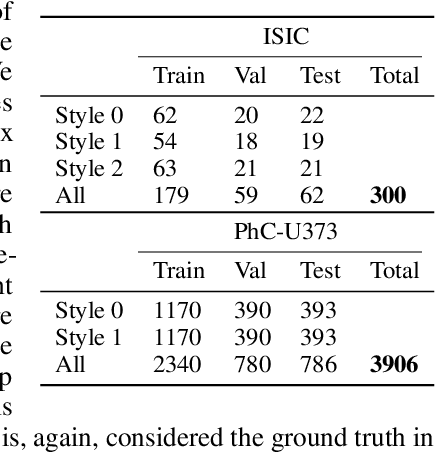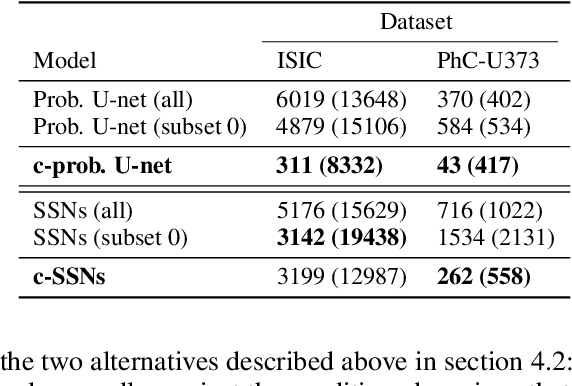Kilian Zepf
Navigating Uncertainty in Medical Image Segmentation
Jul 23, 2024Abstract:We address the selection and evaluation of uncertain segmentation methods in medical imaging and present two case studies: prostate segmentation, illustrating that for minimal annotator variation simple deterministic models can suffice, and lung lesion segmentation, highlighting the limitations of the Generalized Energy Distance (GED) in model selection. Our findings lead to guidelines for accurately choosing and developing uncertain segmentation models, that integrate aleatoric and epistemic components. These guidelines are designed to aid researchers and practitioners in better developing, selecting, and evaluating uncertain segmentation methods, thereby facilitating enhanced adoption and effective application of segmentation uncertainty in practice.
That Label's Got Style: Handling Label Style Bias for Uncertain Image Segmentation
Mar 28, 2023



Abstract:Segmentation uncertainty models predict a distribution over plausible segmentations for a given input, which they learn from the annotator variation in the training set. However, in practice these annotations can differ systematically in the way they are generated, for example through the use of different labeling tools. This results in datasets that contain both data variability and differing label styles. In this paper, we demonstrate that applying state-of-the-art segmentation uncertainty models on such datasets can lead to model bias caused by the different label styles. We present an updated modelling objective conditioning on labeling style for aleatoric uncertainty estimation, and modify two state-of-the-art-architectures for segmentation uncertainty accordingly. We show with extensive experiments that this method reduces label style bias, while improving segmentation performance, increasing the applicability of segmentation uncertainty models in the wild. We curate two datasets, with annotations in different label styles, which we will make publicly available along with our code upon publication.
Laplacian Segmentation Networks: Improved Epistemic Uncertainty from Spatial Aleatoric Uncertainty
Mar 23, 2023Abstract:Out of distribution (OOD) medical images are frequently encountered, e.g. because of site- or scanner differences, or image corruption. OOD images come with a risk of incorrect image segmentation, potentially negatively affecting downstream diagnoses or treatment. To ensure robustness to such incorrect segmentations, we propose Laplacian Segmentation Networks (LSN) that jointly model epistemic (model) and aleatoric (data) uncertainty in image segmentation. We capture data uncertainty with a spatially correlated logit distribution. For model uncertainty, we propose the first Laplace approximation of the weight posterior that scales to large neural networks with skip connections that have high-dimensional outputs. Empirically, we demonstrate that modelling spatial pixel correlation allows the Laplacian Segmentation Network to successfully assign high epistemic uncertainty to out-of-distribution objects appearing within images.
 Add to Chrome
Add to Chrome Add to Firefox
Add to Firefox Add to Edge
Add to Edge